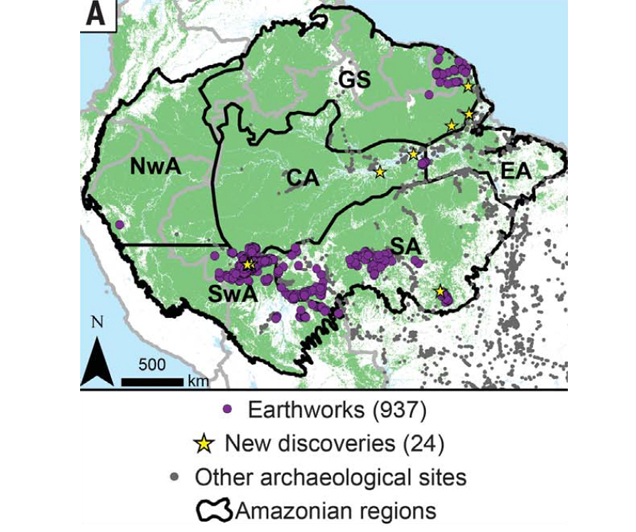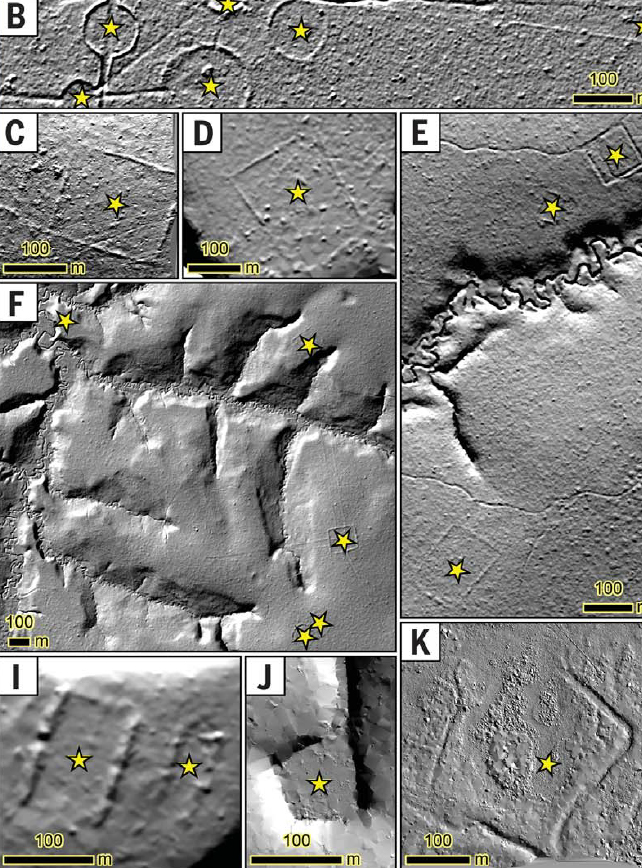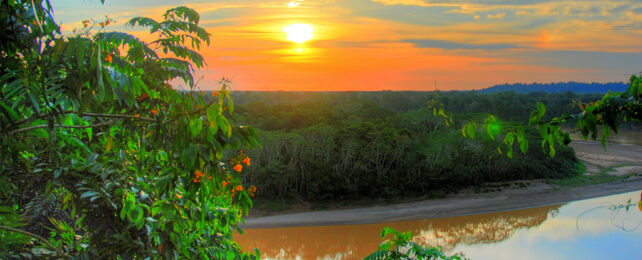Few places on Earth shape our impression of a pristine environment like the heart of the Amazon. For 6.7 million square kilometers, virtually every patch of soil, every leaf, every pool of water bustles and blooms with a wilderness that defies taming.
Yet amid the weave of tree roots and rotting vegetation, hidden by layers of dirt and the chaos of greenery, there is mounting evidence of human influence that dates back thousands of years.
In a new study, remote-sensing scientist Vinicius Peripato from Brazil's National Institute for Space Research led a large team of researchers in investigating signs of earthworks found in 5,315 square kilometers' worth of LIDAR data.
A kind of light-based radar system, LIDAR uses the timing of laser flashes emitted by an aircraft to peer through layers of foliage, soil, and other materials to map variations in structures, potentially revealing the handiwork of humans.
The technology has proven its worth in peeling away layers of vegetation in the tropics time and time again, revealing hidden Maya settlements and earthworks of long-abandoned villages deep in the Amazon.
That this latest look at the ground beneath the Amazon's forest canopy has uncovered signs of pre-Columbian human occupation shouldn't come as much of a surprise then.
But what is shocking is the scale. In a single sweep, the team found 24 previously unidentified disturbances in the soil in shapes, locations, and arrangements that strongly implied architectural origins.

"We detected a fortified village in southern Amazonia, defensive and ceremonial sites in southwestern Amazonia, crowned mountains and megalithic structures in the Guiana Shield, and riverine sites on flood plains in central Amazonia," the research team reports.
In the Amazon's south, signs of a plaza town were spotted within a region believed to have once been home to tens of thousands of humans, connected by networks of roads that rivaled those in classical Europe.
In the southwest, the researchers uncovered strange geometric motifs made of earth far from any detectable roads.

Extrapolating the spread of potential earthworks across the entirety of the Amazon, somewhere between 10,000 and 24,000 structures could still lie hidden beneath centuries of leaf litter, sediment, and forest growth.
That suggests more than 90 percent of the Amazon's human history is yet to be uncovered, let alone analyzed and reported on.
Traces of this ancient thriving society may also still linger in the very structure of the Amazon's ecosystem itself. Peripato and his team measured the occurrence and abundance of 79 species of domesticated tree across nearly 1,700 patches of forest, including a number of sites close to uncovered earthworks.
Of those species of flora, just under half were more common near sites of ancient occupation, for example the Brazil nut tree (Bertholletia excelsa), while around a quarter were in numbers fewer than expected.
All up, the occurrence or abundance of 53 of the 79 species was in some way associated with the past distribution of humans.
Given so many had multiple uses, including species capable of producing edible fruits and nuts, it's easy to imagine patches of forest echoing with the remnants of carefully tended crops spared of weeds and competitive plants, and fertilized with composted scraps and ashes known as dark earth.
As opposed to an untouched wilderness, the Amazon could be more like an unchecked garden gone to seed.
Tracking down the physical remains of these sites could tell us more about how cultures transformed the forest to provide for communities of such size and diversity without risking its very destruction.
This research was published in Science.
